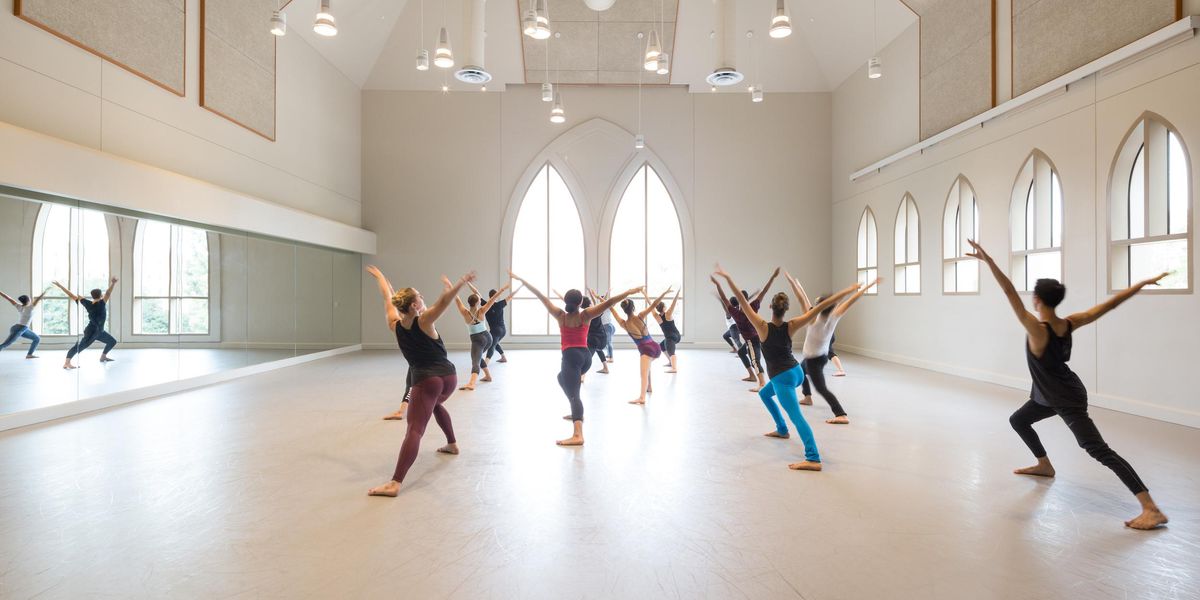Attitudes
The classic Italian definition of opera is dramma per musica. What then is the equivalent for dance theater, opera’s wayward theater sister? Play without words perhaps, which was the apt title of one of Matthew Bourne’s highly regarded pieces of self-styled dance theater. Or how about Adventures in Motion Pictures, which was the name of Matthew Bourne’s first company? No, I don’t think so. In contrast to Bourne’s work, dance has to be danced—really danced, imaginatively danced, with genuine choreographic invention.
For many years Bourne has prospered in a style of dance theater that might well be called “Bourne again” ballet. It is theatrical dancing for audiences who have very little interest in such. It has been claimed that he is opening up the dance world to many people who would never otherwise have gone to a dance performance. But do these people then go on to buy tickets for Dance Theater Workshop, Merce Cunningham, or New York City Ballet? I don’t think so.
It was following a burgeoning reputation in Britain—notably with a cheerfully irreverent Nutcracker, which was good but neither so good nor so cheerfully irreverent as the Mark Morris version, and a tediously cheeky Highland Fling, a clumsy rereading of Bournonville’s La Sylphide—when Bourne hit the big time in 1995 with Swan Lake. He radically rethought his version, giving it a counterculture, high-concept gloss, while matching his new story with the old and with Tchaikovsky’s score, showing an adroitness merging on magic.
Most significant (perhaps cygnificant) was his kinetic imagery for his new and dangerous creatures, the male swans. Tutus and pointe shoes were out. First London’s West End, then Broadway, and then the rest of the world succumbed to this new-look Swan Lake, especially when the principal role was danced—in a triumph of casting—by a former Royal Ballet star, the extraordinary Adam Cooper. After this we all waited eagerly to see what would come next. And what came next was a disappointment.
Two years after that blockbuster Swan Lake came Bourne’s version of Prokofiev’s Cinderella, set in the London blitz of World War II, which had Cooper as a shot-down Royal Air Force pilot, and Cooper’s wife, Sarah Wildor, in the title role. Premiered in Los Angeles, muddled and confusing, it never made its hoped-for trip to Broadway, although it later had a successful London run. Bourne’s next two pieces revealed his predilection for film noir—The Car Man, a weird and homoerotic mix of James M. Cain and Bizet—and his London-acclaimed, edgily textured but less than inventive Play Without Words, a struck-dumb homage to Joseph Losey’s movie The Servant.
Last December in London Bourne offered Edward Scissorhands, yet another of his efforts to make dance-drama with theatrical bricks but no choreographic straw. As ever his concept—particularly in that Swan Lake, which was the foundation of his career—is fine. But with no steps worth mentioning he builds ladders to nowhere. Here in this adaptation of Tim Burton’s fabulous cult movie, Bourne neatly caught the atmosphere of suburban America, but the Gothic charm of the hero (of course, he didn’t have the movie’s Johnny Depp) was nowhere, and without inventive dancing it seemed just another play without words, more inarticulate than most. Lez Brotherston, Bourne’s usual decorative collaborator, provided sets and costumes satirically on target, which I could hardly say for the young dancer, Sam Archer, playing the eponymous, hand-challenged hero.
To some extent Bourne may be said to be following a certain strain of British dance drama, ranging from Ninette de Valois’ 1931 Satan-dominated Job to Robert Helpmann’s 1944 Miracle in the Gorbals, a parable (yes, without words!) of Christ returning to a Glasgow slum. But de Valois and Helpmann hardly pointed an artistically profitable path for dance. For all this—dare I call it decadence?—both choreographers, like Bourne, had theatricality oozing out of their ears. And in de Valois’ The Rake’s Progress, Helpmann’s Hamlet, and Bourne’s weird and wonderful Swan Lake, that sheer theatricality carries the day. But whatever virtues they possess as theater pieces, they lack the choreography to be true dance dramas.
So whither Matthew Bourne? Well, he’s crazily successful and is touring his Swan Lake in the U.S. this month and possibly Scissorhands next year. Yet this critic admires him more for his work in musical theater. His choreography for the musicals Oliver! (1994), My Fair Lady, and South Pacific (both for Britain’s Royal National Theatre in 2002) was excellent, but even this was transcended by his musical Mary Poppins—due on Broadway next season—which he co-choreographed with Stephen Frears and co-directed with Richard Eyre. It’s superb work. So Bourne is probably not going to be the next Jerome Robbins in the dance world, but he could well be the next Bob Fosse or Michael Bennett in the somewhat parallel universe of the Broadway musical.
Senior Consulting Editor Clive Barnes also covers dance and theater for the
New York Post.




